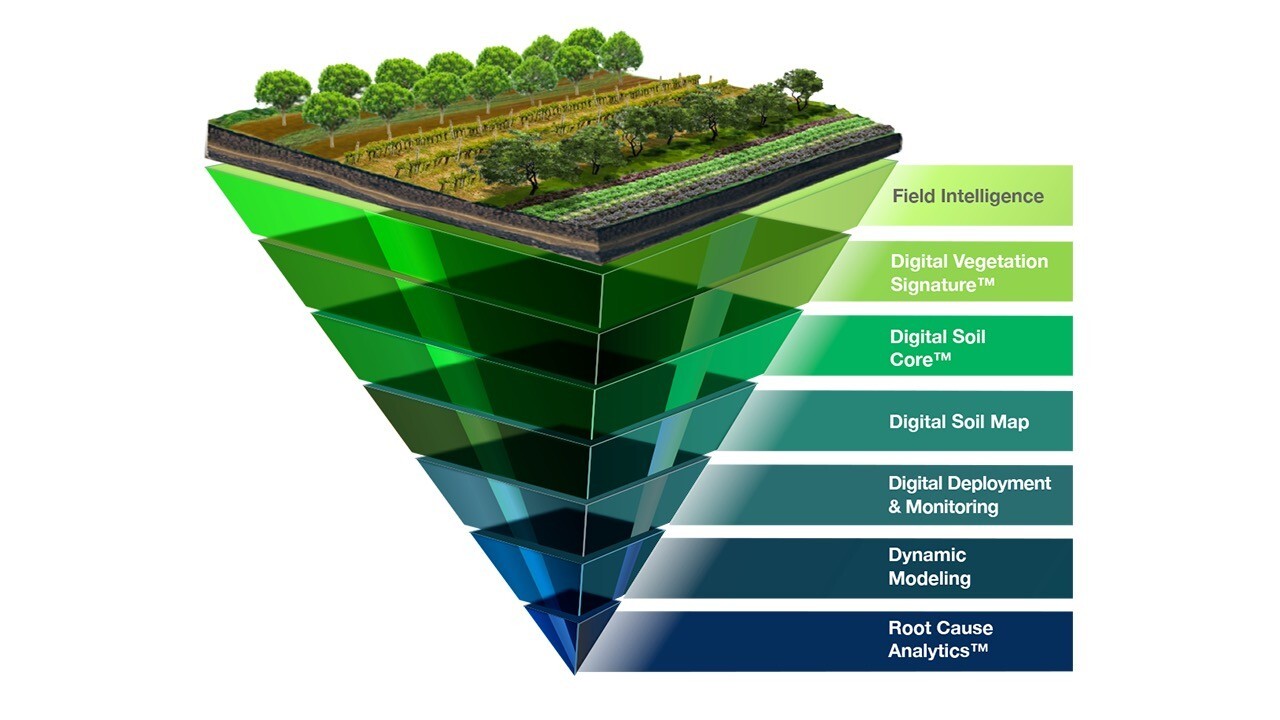It was the first day of 10th grade and, as I entered my English class, I was greeted by a single word written in huge letters on the chalkboard: sophomoric. Beside it was its definition: foolishly wise. The definition stuck with me, but more importantly, my teacher’s point; that we weren’t as smart as we undoubtedly thought we were. While we might be intelligent and have great potential, we were indeed sophomores.
Forward many decades to today, and her point increasingly resonates as I look around our industry. AgTech is riddled with words like smart, precision, and intelligence as it applies to the integration and deployment of what should be fantastic solutions. The engineers and scientists have done a tremendous job of developing technology and information systems designed to optimize agricultural production, but unfortunately almost all are foolishly applied. Dumb deployment of smart technology.
Think about how these technologies are developed and evaluated in agricultural environments. For example, a soil moisture sensor is engineered and placed in the soil with samples collected directly adjacent to a test location to obtain an understanding of how the sensor signal relates to actual soil moisture at that location. Soil texture is determined, and perhaps even laboratory experiments are conducted, in order to convert the sensor signal into a water holding capacity estimate. The sensor is determined to work, it’s sold on the market, installed at one to a handful of locations in a field, and it’s response is integrated with irrigation controls. This same procedure is carried out on additional sensors designed to understand other soil physical and chemical properties, as well as on sensors that measure plant characteristics. The outputs are linked to a multitude of decision support systems. Sounds smart, right?
By far, and it isn’t even close, the most significant errors that occur in agricultural decision support systems are due to the disconnect between a sensor’s measurement and its spatial context. In what proportion of the field, and where specifically, are the soil and plant conditions similar to the conditions around the sensor? An honest attempt is made to answer this question too. Ask someone and they’ll likely tell you something about NDVI or existing, albeit inadequately created, soil maps being used to infer spatial context without realizing that these information layers were never intended, and do not work, for this purpose. (More on why this is so will be coming soon.)
The result is a massive disconnect between our ability to understand the relationships between a plant’s performance and behavior, and the growing environment at a field scale. This disconnect also greatly reduces the power of AI applications in agriculture. “Smart tech” providers continue to aggressively sell forward-thinking practitioners on visions of a better future while remaining completely unaware (or worse yet, aware but non-disclosing) of our industry’s biggest blind spot.
LandScan’s mission is to remove this disconnect, to give all field measurements spatial and informational context. The power of knowing this relationship creates an empowering arc to artificial intelligence systems and decision support models. Our Platform for Discovery produces Information Infrastructure for Agricultural which culminates in the Root Cause Analytics artificial intelligence system. This digitally synchronized platform utilizes unique sensors that produce several new data classes that enable the fusion of sensor data and information at multiple scales. The creation of a true digital twin for every field enables simulations and decision support models to function as the engineers and scientists intended.
Please visit our company to learn more about who we are, how we do this, and why it matters.
LandScan.ai
Thanks to Adam Grant for the thought virus (https://www.linkedin.com/in/adammgrant/)

